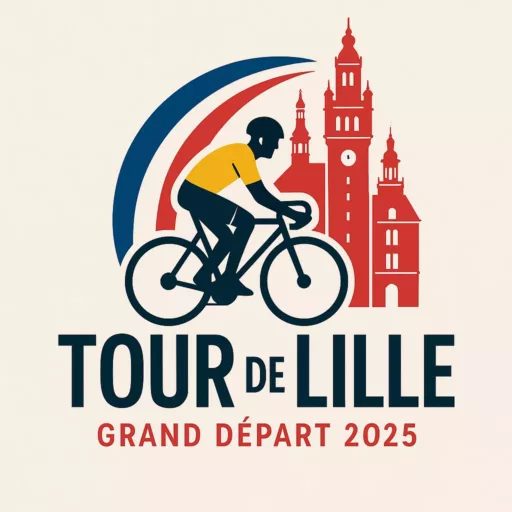Stage Three: Towns Along the Route
VALENCIENNES
Valenciennes, located in the Hauts-de-France region near the Belgian border, is a dynamic town with a rich cultural heritage, a strong industrial past, and a vibrant art scene. For first-time visitors, it offers a compelling mix of history, green spaces, and modern urban life.
Often called the “Athens of the North” for its artistic legacy, Valenciennes has long been associated with fine arts. Begin your visit at the Musée des Beaux-Arts, one of the most impressive museums in northern France. It houses works by local masters like Antoine Watteau and Jean-Baptiste Carpeaux, alongside Flemish and Dutch painters.
Stroll through the historic town centre, where elegant 17th- and 18th-century buildings blend with post-war reconstruction. The Town Hall and the nearby Saint-Géry Church are notable landmarks. Stop at a local café to enjoy some gaufres fourrées (stuffed waffles), a regional specialty.
Valenciennes also boasts a lively student atmosphere, thanks to its university and arts schools, which bring energy and creativity to the town. For nature lovers, the Parc de la Rhônelle and Parc de la Plaine de la Scarpe offer peaceful retreats with walking paths, water features, and shaded green spaces.
The town hosts numerous festivals throughout the year, including theater, music, and digital arts events. Whether you’re drawn by its artistic spirit, industrial legacy, or friendly vibe, Valenciennes offers a well-rounded and enriching experience for any traveller discovering the town.
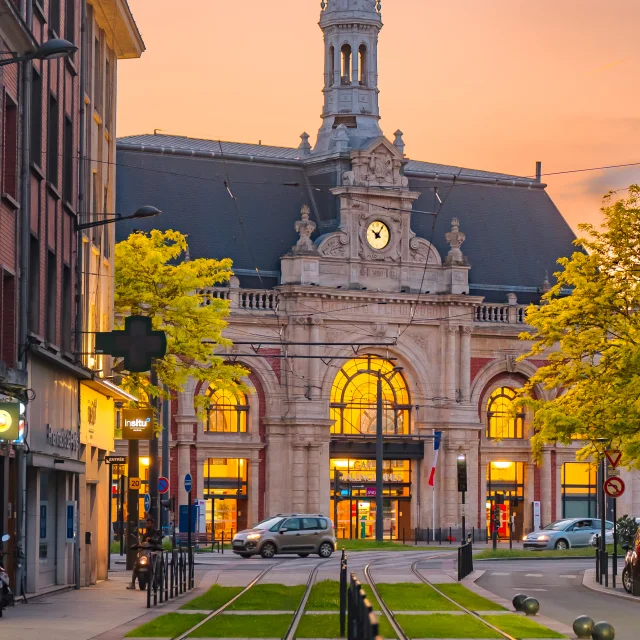
Gare de Valenciennes

Stage three start
ORCHIES
Tucked between Lille and Valenciennes, Orchies is a peaceful and welcoming town in the Nord department that offers a delightful mix of local heritage, green spaces, and authentic French country life. For first-time visitors, Orchies is an ideal stop for discovering the charm of rural Flanders.
The town is best known for its connection to chicory (chicon), a key ingredient in local cuisine and a symbol of the region. A visit to the Musée de la Chicorée provides a fascinating insight into the history of this humble root, its transformation into a coffee substitute, and its role in northern French identity. It’s a surprisingly rich and enjoyable experience, especially if you enjoy local food traditions.
Orchies is also home to the Saint-Légier Church, a beautiful Gothic-style church that reflects the town’s long history. Strolling through the town centre, you’ll find local bakeries, cafés, and markets that offer a warm welcome and a taste of everyday life in Hauts-de-France.
For those who enjoy nature, the surrounding countryside is ideal for walking or cycling, with gentle landscapes and small farms typical of the region. Orchies also hosts local events and markets throughout the year, often celebrating seasonal produce and traditions.
Whether you’re passing through or looking to escape the hustle of the city, Orchies offers calm, authenticity, and a great introduction to the rural side of northern France.

Orchies Town Hall

Gare de Orchies
MONS-EN-PEVELE
Mons-en-Pévèle is a picturesque rural village located in the Pévèle-Carembault area, just a short drive from Lille. Surrounded by open fields, gentle hills, and winding country roads, it’s a perfect destination for those looking to experience the calm and authenticity of the northern French countryside.
The village is best known for the Battle of Mons-en-Pévèle, a significant medieval conflict that took place here in 1304 between French and Flemish forces. A monument stands today to commemorate this historic event, offering a point of interest for history enthusiasts and a reminder of the region’s strategic importance during the Middle Ages.
Wandering through the village, you’ll find red-brick farmhouses, small cafés, and charming rural scenery. The Saint-Nicolas Church, built in the traditional Flemish style, is a peaceful and beautiful spot to visit.
Nearby, the Church of Saint-Saulve showcases impressive Gothic architecture and tranquil interior spaces.
The surrounding countryside is ideal for walking or cycling, with several trails offering lovely views across the Pévèle plateau. On clear days, you can see as far as Belgium from the higher points in the area. The peaceful atmosphere makes Mons-en-Pévèle a refreshing escape from busier towns.
Though small, the village often hosts local festivals and community events, especially in the warmer months. These celebrations bring together locals and visitors for music, food, and friendly conversation—offering a genuine taste of village life.
For a quiet yet meaningful stop full of heritage and charm, Mons-en-Pévèle is a true hidden gem in northern France.
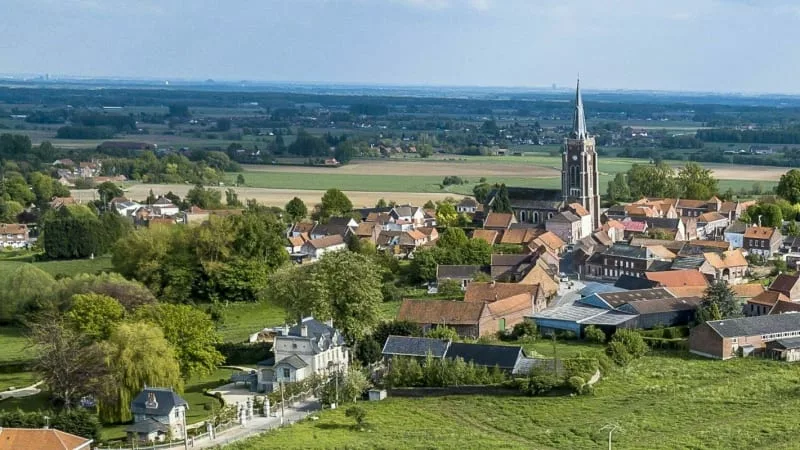
Mons-en-Pevele
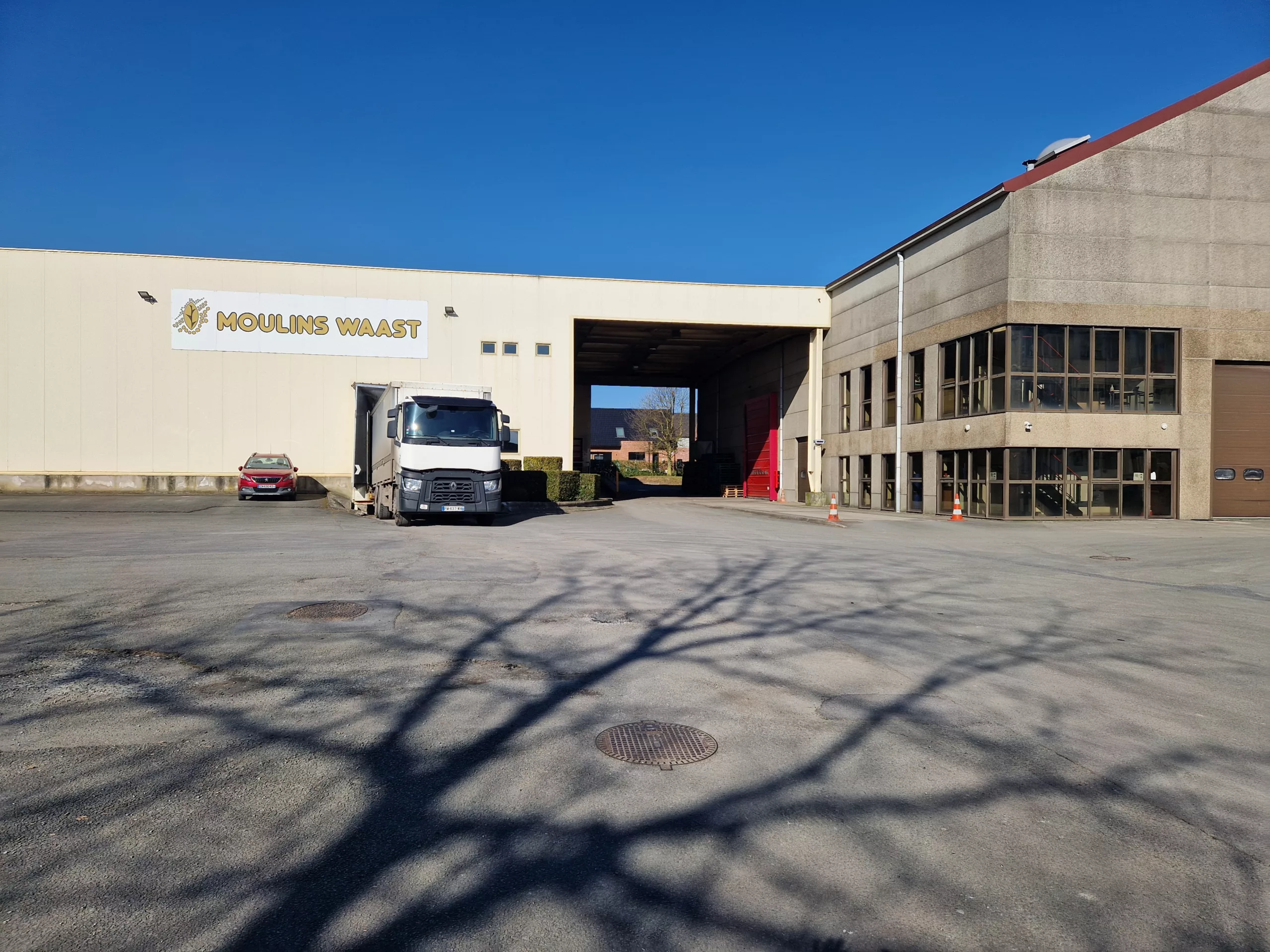
Home to a famous flour manufacturer – Moulins de Waast
BETHUNE
Located in the heart of the Pas-de-Calais region, Béthune is a lively and welcoming town known for its beautiful architecture, rich history, and vibrant local culture. For first-time visitors, it offers the perfect blend of tradition and modern life in a typically northern French setting.
Start your visit at the Grand Place, the town’s central square. Lined with elegant Flemish-style buildings and colourful facades, it’s home to cafés, restaurants, and shops where you can enjoy a coffee or local dish while soaking up the atmosphere. The square is dominated by the impressive Béthune belfry, a UNESCO World Heritage Site. Climb to the top for panoramic views over the town and surrounding countryside.
Béthune has a strong cultural life, with events and festivals taking place throughout the year. The Théâtre Municipal and La Fabrique cultural centre host concerts, theatre, and exhibitions, showcasing both local talent and national acts.
For history lovers, Béthune offers insight into both medieval and modern times. The town was heavily damaged during both World Wars, and its post-war reconstruction has given it a unique architectural identity, blending Art Deco with older traditions.
Take a walk through the nearby public gardens, explore small streets full of character, or visit the local market for a taste of regional products like cheese, pâté, and craft beer.
Friendly, accessible, and full of charm, Béthune is a perfect stop on any journey through northern France.
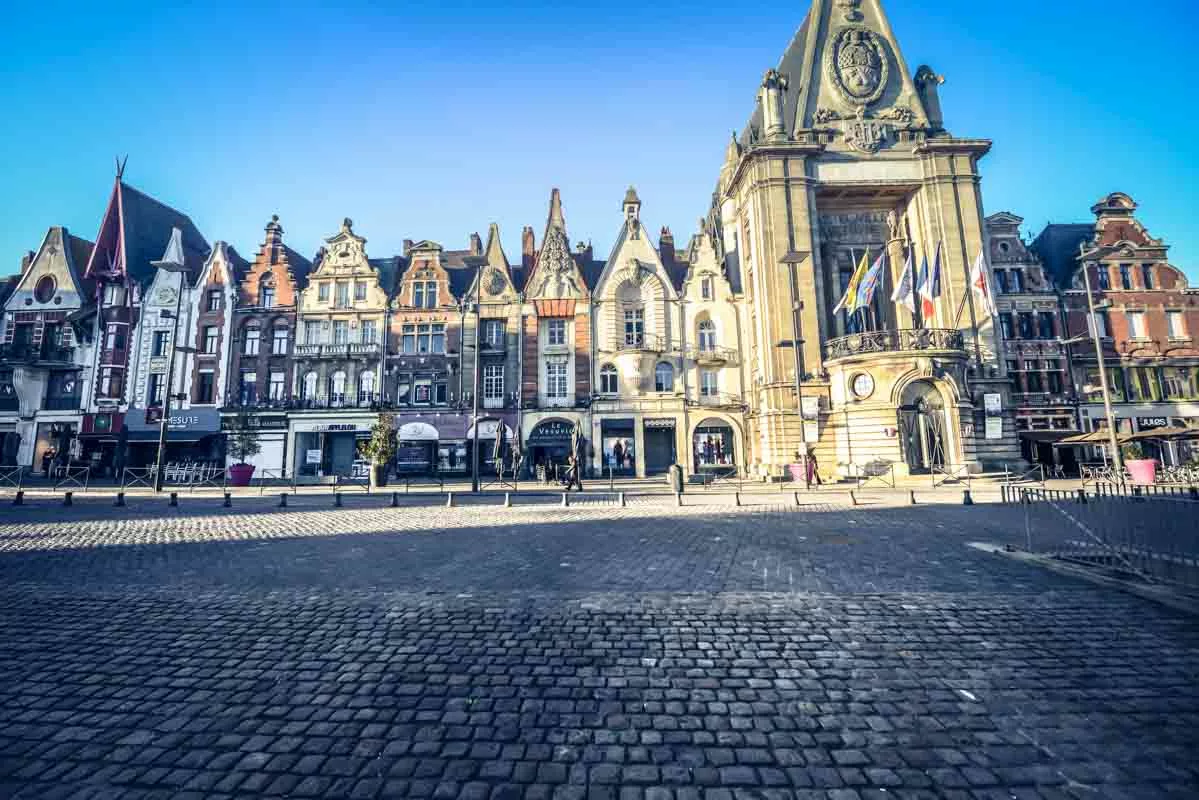
Main square Bethune
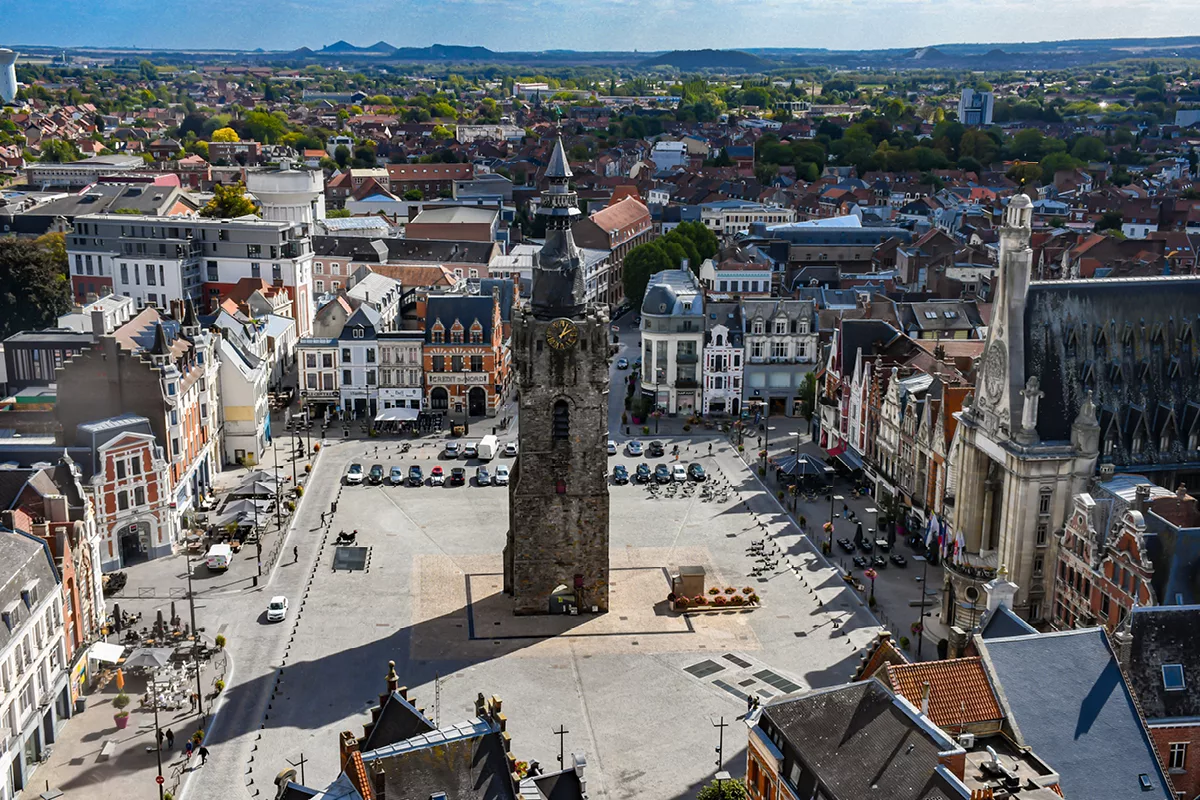
Bethune from the air
CASSEL
Nestled in the heart of French Flanders, the hilltop town of Cassel offers visitors a unique blend of history, charm, and panoramic views. As one of the highest points in northern France, Cassel provides sweeping vistas over the surrounding countryside — on a clear day, you can even see as far as the coast.
Start your visit in the Grand Place, the town’s central square lined with Flemish-style buildings, cafés, and shops. From there, wander the cobbled streets that lead uphill to the Jardin Public, a beautifully landscaped garden that was once part of the town’s former castle. At the summit, don’t miss the moulin, or traditional windmill, which still turns in the breeze and adds to the town’s picturesque skyline.
Cassel is rich in heritage. Visit the Musée de Flandre, located in a 16th-century mansion, to explore the culture and history of the region through art, artifacts, and exhibitions. The museum highlights the town’s Flemish roots and its role throughout French history.
Throughout the year, Cassel hosts traditional festivals and events, including the famous Géants du Nord parade, where enormous papier-mâché figures fill the streets with music and celebration.
Cassel is perfect for a relaxing day trip, offering a peaceful atmosphere, stunning scenery, and a taste of local culture. Whether you’re enjoying a regional beer on a sunny terrace or hiking one of the many nearby trails, Cassel promises a memorable experience for any first-time visitor.
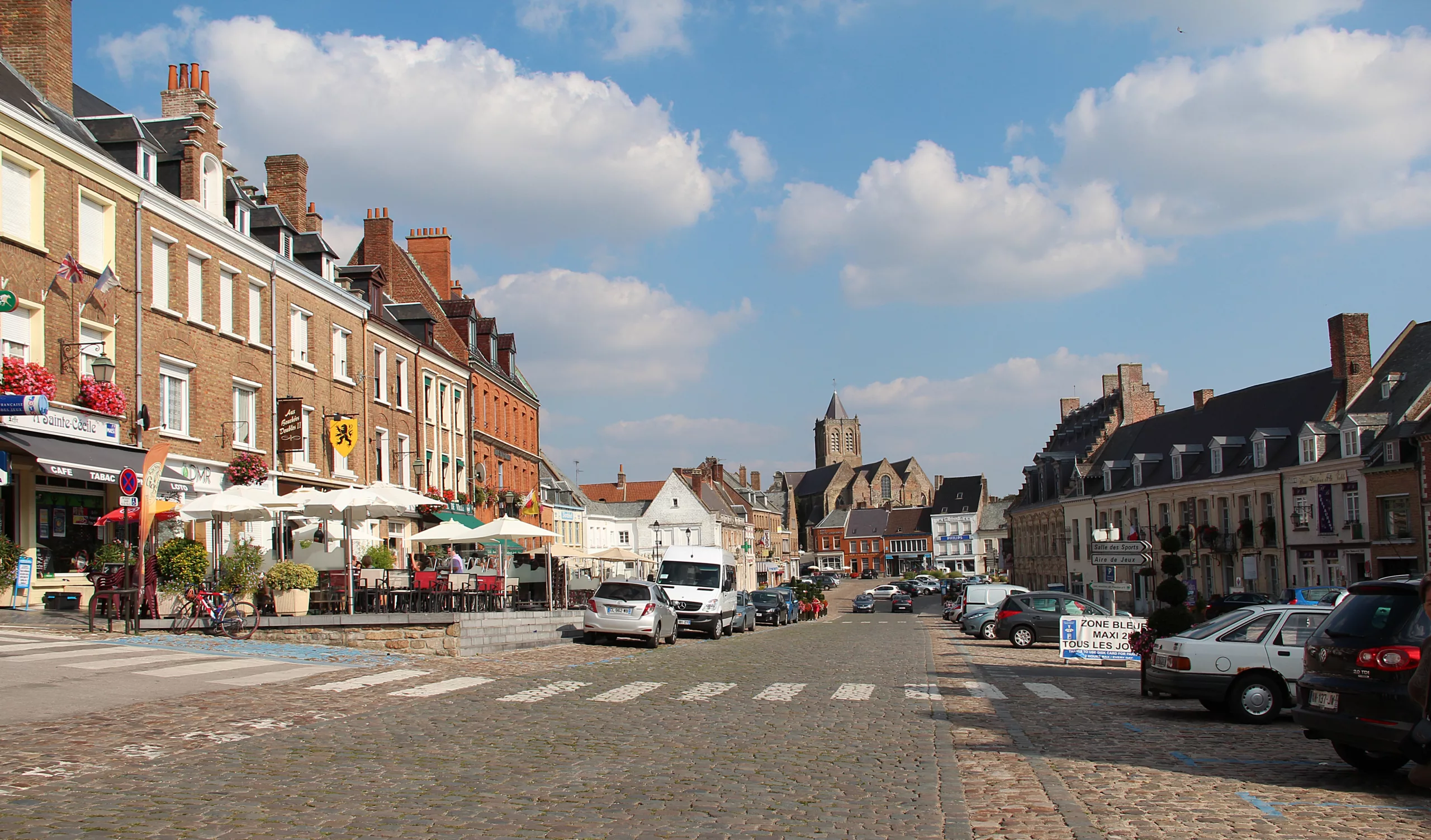
Cassel’s main street is lined with restaurants

Cassel
BERGUES
Nestled in the heart of French Flanders, Bergues is a delightful fortified town that blends medieval charm with a warm, welcoming atmosphere. Surrounded by well-preserved ramparts and peaceful canals, the town is rich in history, culture, and personality.
Bergues became widely known across France and beyond thanks to the hit comedy film Bienvenue chez les Ch’tis, which was set and filmed here. Visitors can walk through the town and easily recognize the picturesque streets, buildings, and landmarks featured in the movie. The town has embraced its cinematic fame, and fans of the film will enjoy spotting familiar scenes throughout their visit.
A must-see is the belfry, one of the iconic symbols of Bergues, offering beautiful views over the surrounding countryside. The town centre is filled with Flemish-style houses, charming squares, and welcoming cafés. The local market, held regularly, adds to the lively, friendly vibe.
Walking along the ramparts provides a peaceful way to explore the town’s history and enjoy its green surroundings. The canals and bridges that wind through Bergues add to its charm, making it a perfect place for a relaxing afternoon stroll.
Local shops and restaurants offer delicious regional products, including cheese, beer, and traditional Flemish dishes. Whether you’re drawn by the film, the architecture, or simply the town’s laid-back rhythm, Bergues is a great stop for anyone exploring northern France—a small town with a big heart and a lot of character.
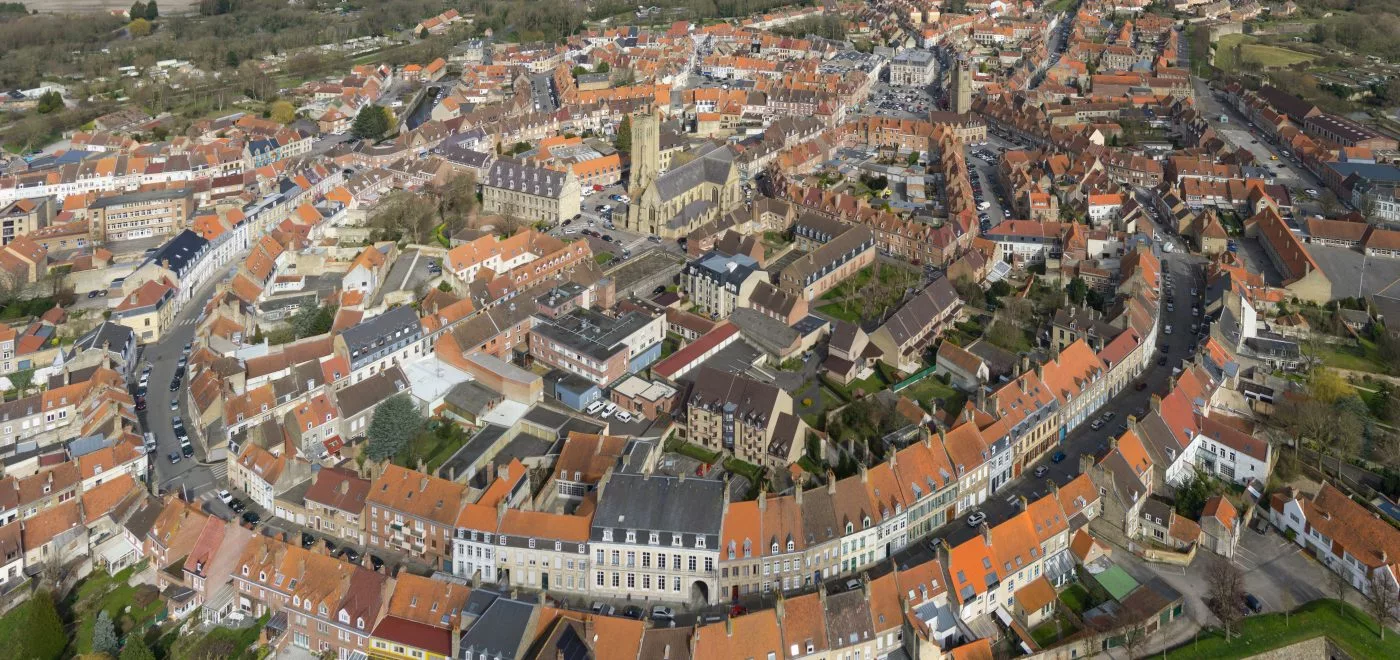
Bergues
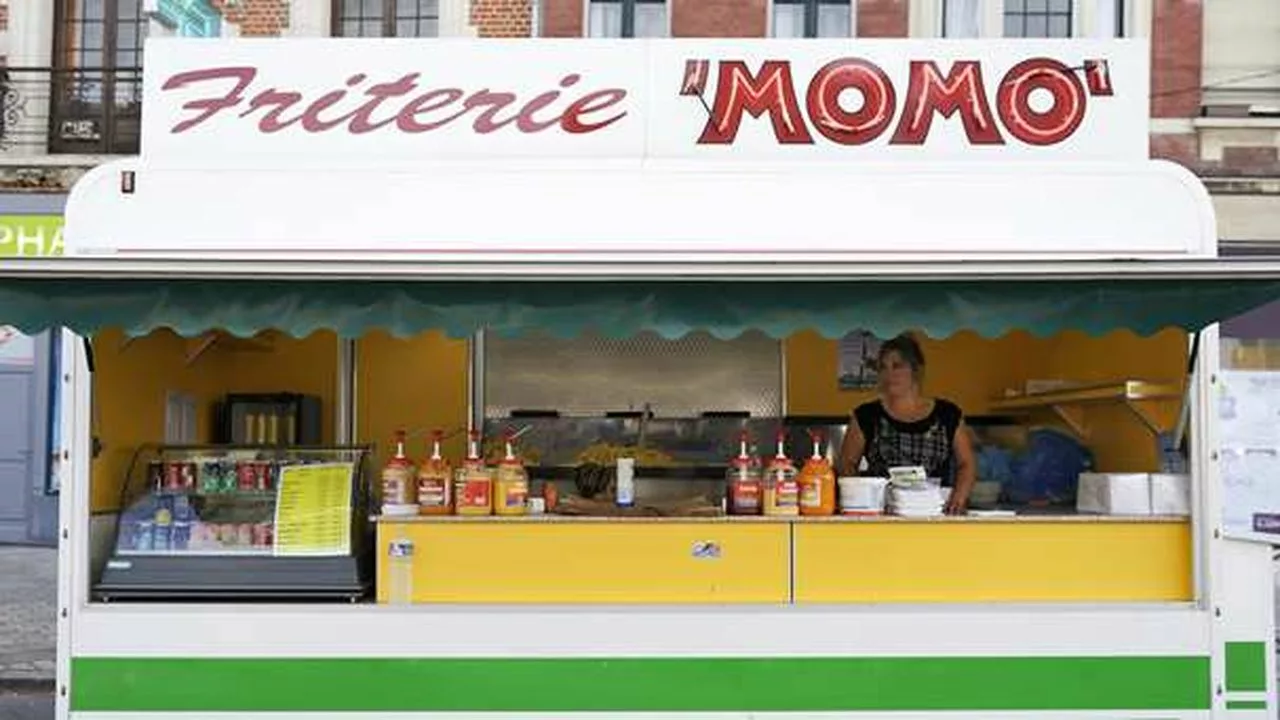
Friterie from the film!
DUNKIRK
Dunkirk, or Dunkerque in French, is a vibrant coastal city on the North Sea, known for its rich maritime history, cultural energy, and remarkable resilience. Whether you’re here for history, seaside relaxation, or lively festivals, Dunkirk has plenty to offer first-time visitors.
The city is best known internationally for the 1940 evacuation of Allied soldiers during World War II, famously depicted in the Christopher Nolan film Dunkirk. You can learn more about this dramatic event at the Dunkirk War Museum, located near the beach, where the evacuation took place. The Memorial du Souvenir also provides a moving tribute to those who took part in the rescue.
Dunkirk’s modern harbor remains one of the largest in France, and its maritime museum, housed in a former ship, is a fascinating look at the city’s naval heritage. The long sandy beach is a great spot to unwind, take a swim, or enjoy coastal views with a walk along the promenade.
For culture lovers, Dunkirk is home to a fine arts museum and several impressive churches, including Saint-Éloi Church and its striking belfry, which offers panoramic views over the city and coastline.
Dunkirk also hosts one of France’s most famous Carnivals—a colourful, weeks-long celebration of music, costumes, and local traditions that brings the city to life every winter.
With its mix of history, seaside charm, and dynamic spirit, Dunkirk is a unique and rewarding destination in northern France.
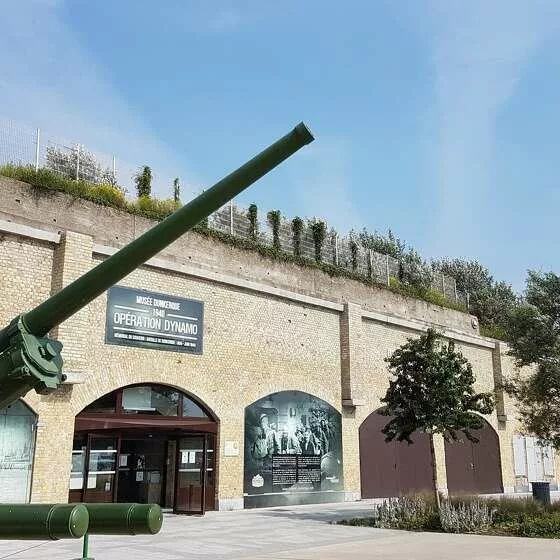
Operation Dynamo Museum
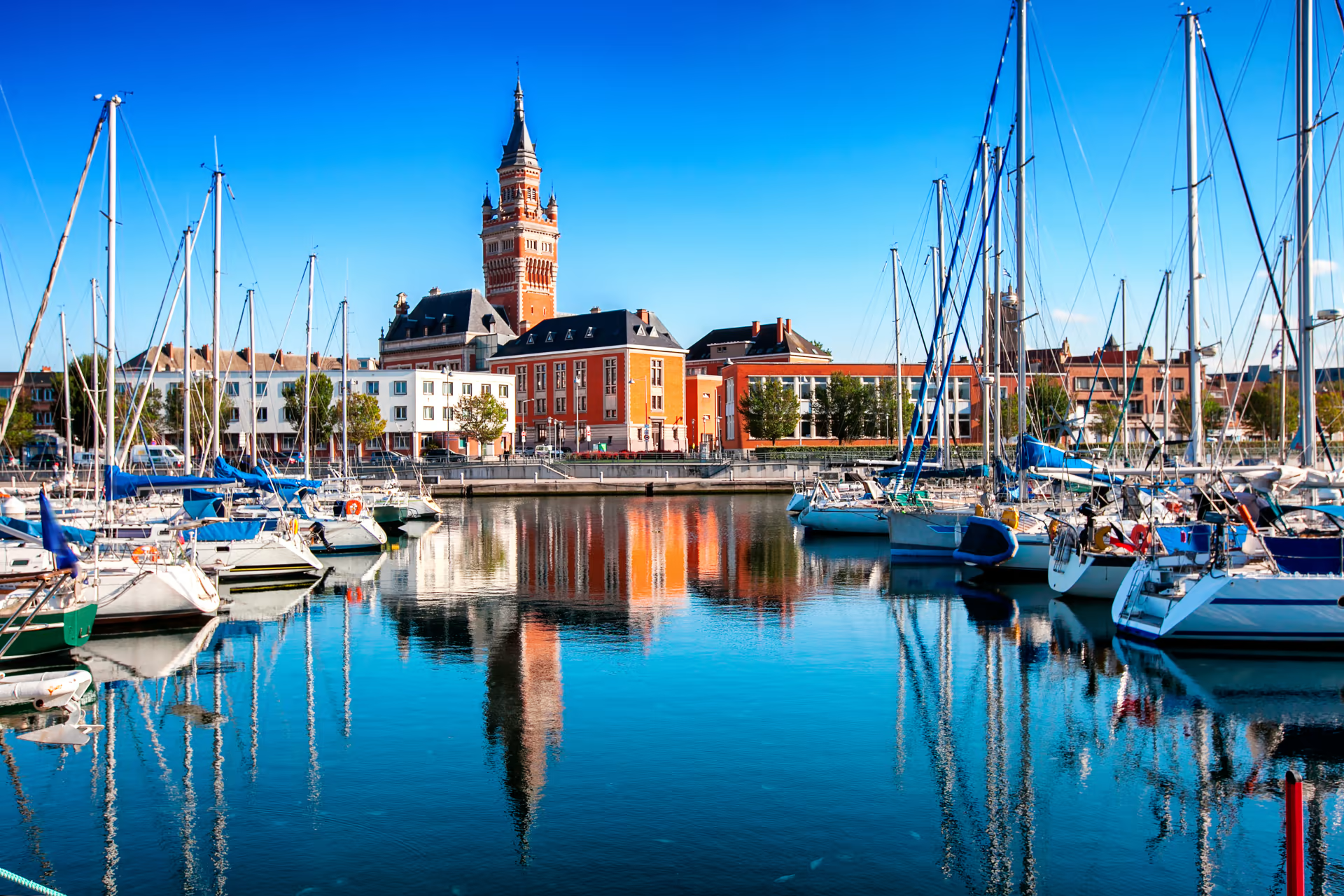
Dunkirk harbour
